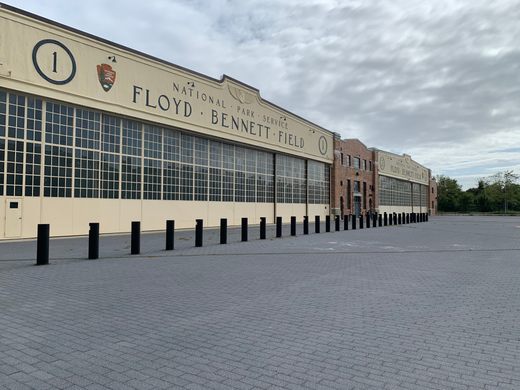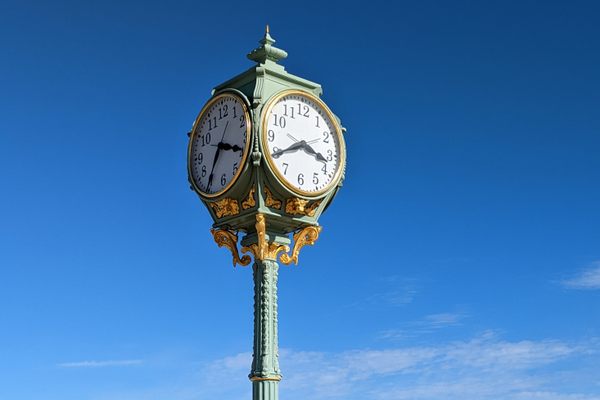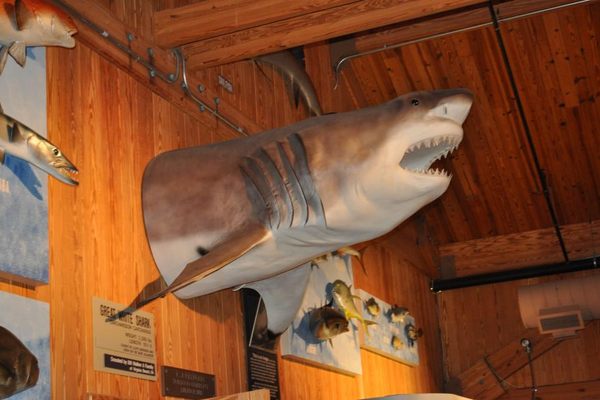Floyd Bennett Field
The home of aviation trailblazers, in a remote corner of the big city.
Named after the first person to fly over the North Pole (and Brooklyn resident), Floyd Bennett, the field was New York City’s first local airport. Opened in 1931, it quickly became a hub for noteworthy pilots.
On July 10th, 1938, Howard Hughes took off in his Lockheed 14 monoplane for an around-the-world flight from Floyd Bennett Field and back. He shattered the previous world record by four days, traveling 14,791 miles in three days and 19 hours.
Then there was Douglas “Wrong Way” Corrigan, who planned to fly to the west coast, but ended up in Dublin instead. Using an old $325 plane not suitable for flying over bodies of water, he had to endure a broken compass as well as a fuel leak that required him to punch a hole in the cockpit floor for drainage. After successfully, albeit unknowingly, landing in Ireland, he was immediately taken in by Irish officials for not having a visa. Soon after, he was sent safely back to America, where the New York Post honored him with a headline written backwards.
Today, Floyd Bennett Field looks much like it did back then. While now it is technically a national park with a wealth of natural resources, it is in the process of becoming a museum. The hangars are used for the Historic Aircraft Restoration Project, where volunteers bring old planes back to life. Two such planes are a Boeing Stratofreighter and a Navy C-54 cargo plane, both on loan from the Berlin Airlift Historical Foundation. While the space is open year-round to the public, the planes are put into action during the field’s summer airshows.






























Follow us on Twitter to get the latest on the world's hidden wonders.
Like us on Facebook to get the latest on the world's hidden wonders.
Follow us on Twitter Like us on Facebook